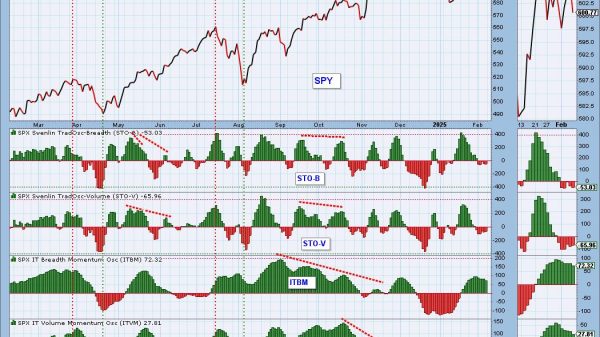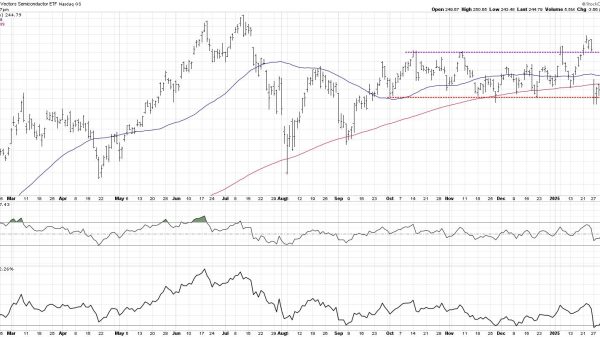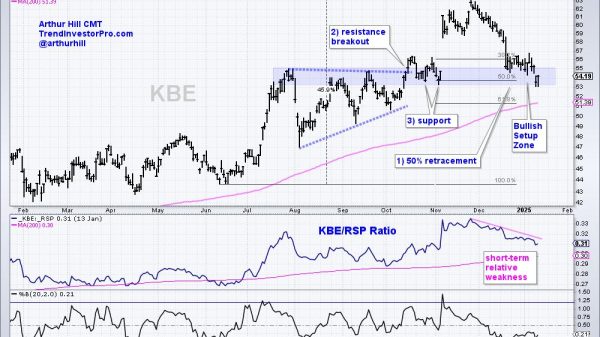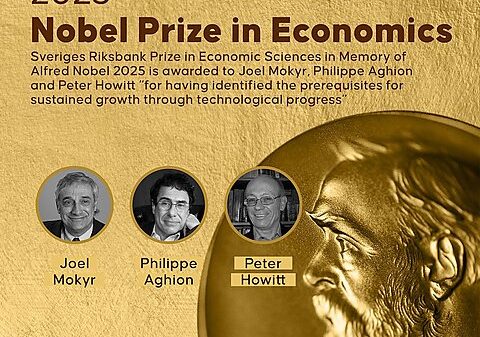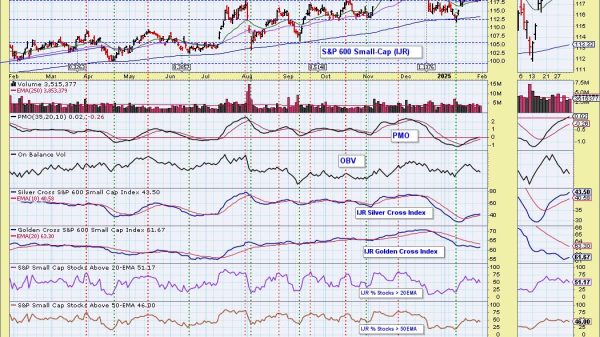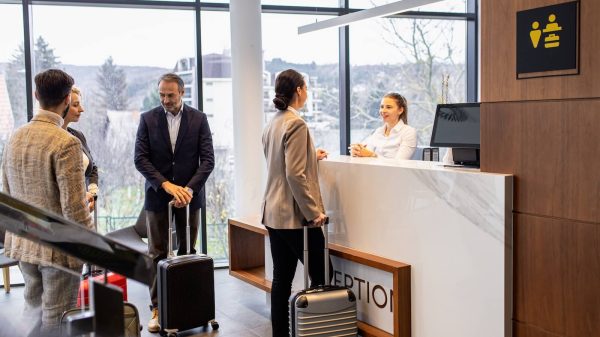
In the world of enterprise transformation, conventional wisdom suggests that change should be measured, gradual, and carefully paced to avoid disrupting operations or overwhelming employees.
But Athalie Williams, a transformation executive with over three decades of experience in complex organisational change, believes this approach often leads to failure.
“I think that it has to be slow, that it has to take multi-year decades,” Williams says, identifying what she sees as outdated thinking about transformation timelines. “I think that applies to enterprise transformation and cultural change, both.”
Her experience working on major transformations at global organisations like BHP and BT Group (British Telecommunications) has led her to a counterintuitive conclusion: sometimes you need to speed up to succeed.
The Problem with Measured Change
Williams has observed a consistent pattern in organisations that attempt gradual transformation. “Some organisations try to drip feed change and not go too fast because it’s very disruptive,” she explains. “But I find the organisations that try to do it in that paced and measured way really stumble and often stall.”
The issue isn’t that these organisations lack good intentions or sound strategy. Rather, they fall into what Williams calls the comfort trap – believing that slower change will be less disruptive and more sustainable. In reality, she argues, this approach often creates more problems than it solves.
“If you are trying to be very planned and measured and go at the right pace where people don’t feel too uncomfortable, I think often that is the rational and logical way to look at change,” Williams acknowledges. “But where I’ve seen organisations be really disruptive, rip the band-aid off and put bold, big change in, and yes, it’s going to be bumpy, and you acknowledge that for a period of time. It usually settles and you surprise yourself at how much progress you can make through working in that way.”
Why Speed Creates Clarity
Williams’ perspective on speed isn’t about rushing for the sake of it – it’s about creating the conditions that enable transformation to take root. When organisations move quickly, several critical dynamics come into play.
First, speed forces clarity. When transformation timelines are compressed, organisations must become ruthlessly focused on what matters most. “How do you ruthlessly prioritise?” Williams asks. “With all the good intent in the world, you can have this really long list of things you need to do and go after, but having too big of a laundry list, spreading yourself too thin, can kill a transformation agenda.”
Second, fast-moving change creates alignment by necessity. When everyone understands that change is happening quickly, it becomes easier to align leadership and workforce around common priorities. The alternative, gradual change over years, often leads to mixed signals and competing priorities that undermine transformation efforts.
Cultural Change: The Speed Surprise
Nowhere is the speed paradox more evident than in cultural transformation. “I think in particular, people think cultural change takes a long time,” Williams observes. “And I do think it is ongoing and it inevitably takes a long time, but I also think you can achieve a lot much more quickly than you think is possible when leaders are aligned, when the signals are really, really clear.”
Her experience suggests that culture can shift dramatically in months rather than years, but only under specific conditions. “I’ve seen teams transform in months, not because of a grand plan, but because someone was willing to lead differently and set a new tone,” she notes from her broader experience.
The key is creating what Williams calls “really, really clear” signals from leadership. When leaders are aligned and sending consistent messages about new behaviours and priorities, cultural change can happen with surprising speed.
The Risk Management Balance
Williams is careful to note that speed doesn’t mean recklessness. “You need to be sensible. You need to bring a risk lens to it,” she emphasises. “You don’t want to do anything so disruptive that it fundamentally breaks something critical in the organisation.”
The approach requires identifying what she calls the “handful of things you need to protect” – critical business functions, key relationships, or essential capabilities that cannot be disrupted. Everything else, however, becomes fair game for bold transformation.
“I think there’s a handful of things you need to protect, and the rest you can be far bolder in the changes that you’re going to make and back yourself,” Williams explains.
Practical Applications
Williams’ speed-first approach has practical implications for how organisations should structure transformation efforts. Rather than creating elaborate multi-year roadmaps with gradual rollouts, she advocates for:
Compressed timelines that force decision-making and prioritisation
Clear leadership alignment before beginning any transformation effort, coupled with regular check-ins to confirm alignment and course correct when needed
Bold initial moves that signal serious commitment to change
Acceptance of short-term disruption in service of long-term transformation
This approach requires what Williams calls “courage” from leadership—the willingness to embrace discomfort and uncertainty in service of meaningful change.
The Human Element
Importantly, Williams’ emphasis on speed doesn’t diminish her focus on people-centred transformation. “Organisations hire fabulous people and then they forget to bring them along with them on the journey,” she observes.
The speed paradox actually enhances the human element of change. When transformation happens quickly with clear signals, employees understand what’s expected and can adapt accordingly. The alternative, prolonged uncertainty with gradual changes, often creates more anxiety and resistance.
“Organisations hire really smart people who care deeply about the customer and who come to work every day wanting to do a good job,” Williams notes. “How do you create that north star and the thread that everyone can follow so they understand how they can contribute their bit to where the organisation’s heading?”
Looking Forward
As organisations face increasing pressure to adapt quickly in response to technological disruption, market changes, and competitive pressures, Williams’ perspective on transformation speed becomes increasingly relevant. The traditional approach of gradual, measured change may no longer be sufficient in rapidly evolving business environments.
Her experience suggests that organisations willing to embrace the speed paradox – moving faster than feels comfortable whilst protecting critical functions – may find themselves better positioned for sustainable transformation success.
“Sometimes you need to speed up to speed up,” Williams concludes – a principle that challenges conventional wisdom but reflects the realities of modern organisational change.
Read more:
The Speed Paradox: Athalie Williams on Why Slower Change Often Fails








